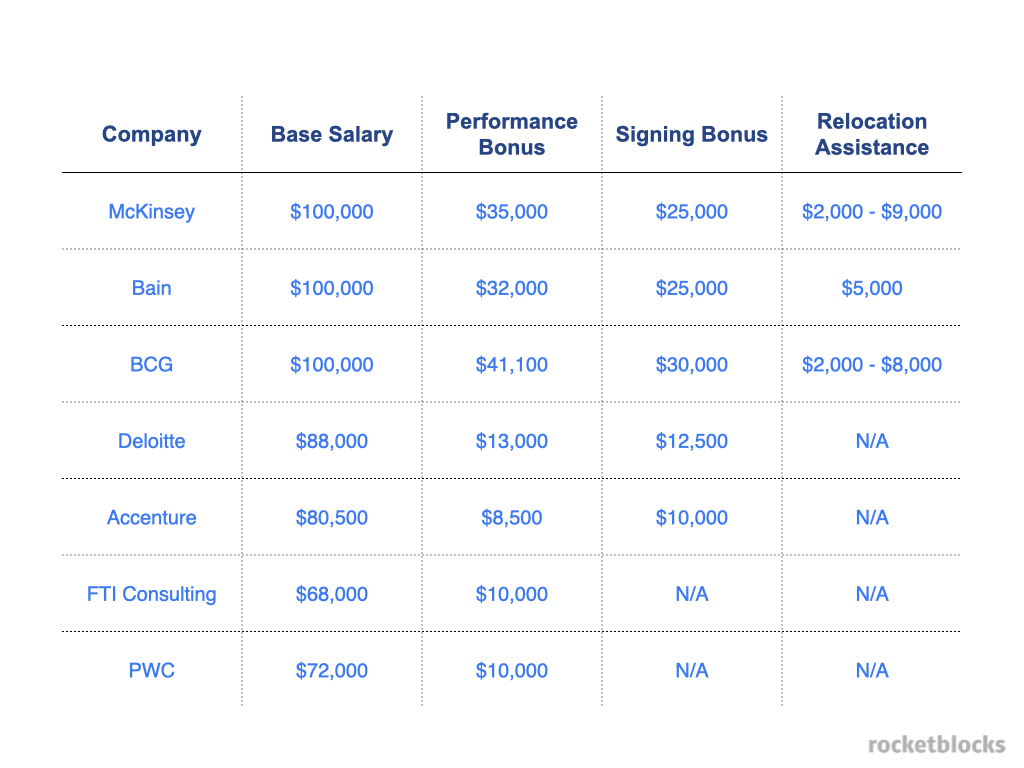
There are several types of structure that a company may choose to use. These include the hierarchical, matrix, and functional ones. These structures can be beneficial depending on the organization's business goals. These structures can be used to help companies decide what areas to concentrate on and what next. The company's structure can also be used to help determine how it will allocate its resources.
Functional structure
A functional structure can be a great way of organizing a company. This structure allows employees the freedom to concentrate on their areas of expertise. This can result in a more productive work environment, since the employees are better able to work together and take risks. This organizational structure is most common. It allows employees the ability to focus in their own areas and work with people who are in similar roles. It can be scaled so it works for any company. However, it does come with its own challenges.
Functional structures have the biggest benefit of creating a stable work environment that has a defined job scope. It also promotes organizational efficiency. It has been adopted in large companies because it allows employees to work independently and reduces company bottlenecks. This structure taps into the strengths of employees, as they work on projects that are within their expertise.
Hierarchical structure
A hierarchical structure describes how a company is organized. It is used to help the management manage the business effectively. The manager is responsible for the management of each department. They manage the daily operations. The hierarchy allows the top managers to hire people from lower ranks when needed. The hierarchy can become more complex as a company grows.

Most companies use a pyramid structure. The top has a small leadership team and the base has many employees. In the middle, there are various levels. Modern workers are becoming dissatisfied in their hierarchy. Many companies are now trying to reformulate their hierarchies. One leading software company's employee handbook eliminates managers in favour of teams of employees.
Matrix structure
A matrix structure is a company's organizational setup that is divided into different units and reporting relationships. This type structure is perfect for companies that are growing rapidly and need to produce new products quickly. It can pose problems when it is necessary to manage existing units or create priorities.
If your organization has a matrix structure, you should make sure your managers communicate with each other effectively. This way, they will be able to set clear expectations for their teams. If there are disagreements, it is possible to help them get along. For example, a project manager may see execution as his responsibility, while a product manager or a customer success manager may see the execution of a project as his. Finding a balance between all of your responsibilities is key to achieving your company's objectives. To do this, train your managers to use the matrix structure.
Multidivisional structure
A multidivisional company structure allows a company to diversify and increase profitability, while minimizing the risks of concentration. Multi-divisional companies will reap the benefits of each other's success. Companies that are one entity will benefit from the combined success of all their businesses. However, they will be more complex in their operations and have a greater workload. They will also be able to spend less time on different business strategies.
Multidivisional structures are common for large companies with numerous business units. These companies usually have a leadership structure that is based upon products, subsidiaries, projects or other business units. Johnson & Johnson, a global corporation, has thousands of product departments, each of which is a separate entity. Sometimes the divisions can even be geographically named. For instance, a global corporation will have a division for North America, and another for Europe.

Holacracy structure
In addition to its ability to improve organizational agility, Holacracy can also make companies more resilient to change. The structure is based upon principles of cooperation and self-organization. This allows the organization to make the most of both challenges and opportunities. In addition, it removes the need for managers and heroic types, which allows members to discuss ongoing appointments and make informed decisions.
In a Holacracy, each person is responsible for decisions involving people and resources. The person in charge of these decisions must have the ability to connect with others and find resources for the project. Some organizations have criticised this structure. Steve Denning, an author for Forbes, addresses some common misconceptions about this structure in an article. Oliver Compagne replied that the differences were not as stark, as Denning claimed.
FAQ
What is the average salary of a consultant?
While some consultants make $100k+ per year, most consultants only earn between $25-$50k. A consultant's average salary is $39,000 This includes both salaried as well hourly consultants.
Salary depends on the experience of the consultant, their location, industry, type and length of the contract (contractor or employee), as well as whether they have their own office or work remotely.
How much should a consultant charge?
It depends on what you are offering. It doesn't matter if you offer services at no cost. If you sell products or services, however, you must set prices based upon value.
If you offer low-quality services then you don’t have anything for sale. So why would anyone pay you anything?
If you are providing high-quality services, then you could ask for a higher price because people recognize the value you provide. You may also want to offer discounts to clients who buy multiple packages from you.
What is the difference between a consultant and an advisor?
A consultant provides advice on a topic. A consultant is able to provide solutions.
Consultants work directly with clients to help them reach their goals. Advisors advise clients indirectly via books, magazines, lectures and seminars, etc.
What are the benefits to being a consultant?
Consultants can often choose the hours and topics they work on.
This means you can work whenever you like and wherever you wish.
You can also easily change your mind, without worrying about losing any money.
You can finally control your income and create your own schedule.
What is a consultant?
A consultant is someone who provides services for other people. It's not a job title. A consultant is a role that helps others achieve their goals. This involves helping them to understand their choices and making the right choices.
Consultants are experts at finding solutions to problems and challenges that arise when working on projects. They offer guidance and advice about how to implement such solutions.
A consultant should be able to answer questions about anything related to business, technology, finance, law, management, leadership, strategy, operations, customer service, human resources, etc.
What can I expect from my consultant?
After you have selected your consultant, expect to hear from them within a few business days. They will request information about your company including its mission and goals, products, services, budget, and other pertinent details. Then, they'll send over a proposal outlining the scope of work, estimated time frame, fees, deliverables, milestones, etc.
If everything is in order, then the parties will enter into a written contract. The type of relationship between the parties (e.g., employee-employer, independent contractor-employer) will affect the terms of any contract.
If all goes well, the consultant will start working immediately. You will have access both to your documents and internal resources and the consultant's skills and knowledge.
Don't think that consultants are experts. It takes effort and practice to become an expert in whatever field you consult. Don't expect your consultant know everything about your company.
Why should consultants be hired?
You might need consultants for a variety of reasons.
-
You may have a problem or project that your organization needs to solve.
-
You would like to improve your skills or learn new things
-
You want to work with an expert in a particular field
-
You have no other choice but to do the job.
-
You feel overwhelmed by all the information and don’t know where to begin.
-
It's impossible to afford to hire someone full-time.
The best way to find a good consultant is through word of mouth. Ask your friends and colleagues if they know of any trustworthy consultants. Ask someone you already know to recommend a consultant.
If you decide to use online directories like LinkedIn, use the "Search People" feature to look for consultants in your area.
Statistics
- Over 50% of consultants get their first consulting client through a referral from their network. (consultingsuccess.com)
- According to IBISWorld, revenues in the consulting industry will exceed $261 billion in 2020. (nerdwallet.com)
- On average, your program increases the sales team's performance by 33%. (consultingsuccess.com)
- So, if you help your clients increase their sales by 33%, then use a word like “revolution” instead of “increase.” (consultingsuccess.com)
- My 10 years of experience and 6-step program have helped over 20 clients boost their sales by an average of 33% in 6 months. (consultingsuccess.com)
External Links
How To
What does a typical consultant's day look like?
A typical day will vary depending on the type of work you are undertaking. However, the majority of your day will consist of research and planning, meeting clients and preparing reports.
You will often have meetings where you discuss issues and problems with clients. These meetings can be done over the phone or via email.
It is possible that you will be asked to write proposals. These documents outline your ideas and plans, and are required by clients. These proposals should be discussed with a mentor or colleague before being presented to clients.
After all the planning and preparation you will have to put your efforts into creating some content. This could include writing articles, designing websites or editing photos.
Based on the scope and complexity of the project you may need research to obtain relevant statistics. This could include finding out how many customers your company has and whether they purchase more than one product.
Once you have all the information needed, it is time for clients to see your findings. You can present your findings verbally or in writing.
You must also follow up with clients following the initial consultation. You can call clients to ask how they are doing or send emails asking for confirmation that your proposal was received.
This process takes time, but it's important to ensure that you stay focused and maintain good relationships with clients.